Unlike layers, broiler chicken breeds grow faster and produce more meat in a short time.
But not all broilers are created equal. Some grow faster, some taste better, and some perform better in a free-range system instead of an enclosure.
So, which meat chicken breeds are suited for your farm? Let’s learn!
1. Cornish Cross
Cornish Cross is the first choice for keepers or farmers who raise meat chickens.
They grow rapidly and become ready to process within 6 – 8 weeks to market weight (around 5 pounds).
For extra pounds, they can also be raised for 10 weeks.
You can tell these chickens by their pure white feathers, single red comb, and muscled body with wide breasts. They also have yellow feet and display a stout and robust appearance.
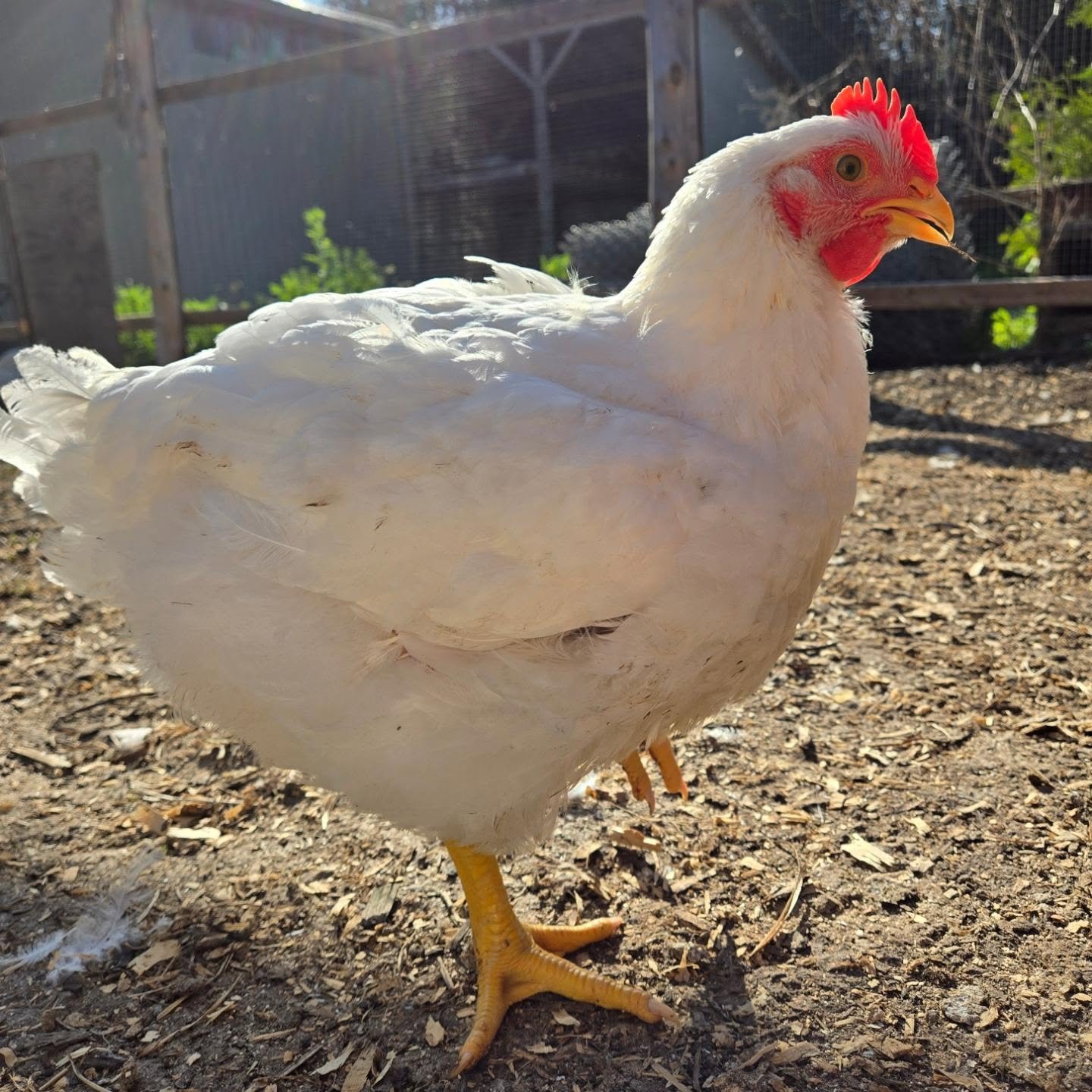
As chickens have a high growth rate in a short time, they require large feeding.
Also, keepers need proper training before installing these broilers on the farm.
Cornish Corss tend to be sensitive to temperature, noise, and poor shelter. They can develop weak legs that cannot support their heavy bodies.
Mostly, they have heart problems and cannot tolerate smack.
Some tags, such as poor layers, breeders, and short lifespan, also come with them.
They aren’t recommended for breeding, which means you need to buy new chicks once you harvest the birds.
Growth Rate/ Maturity: Extremely fast (6-10 weeks)
Meat Quality: Tender, high breast meat ratio
Adult Weight: 8 – 12 pounds
Best For: Commercial meat production, small-scale farm
Considerations: High feed consumption, health issues due to rapid growth
2. Red Ranger
Well, birds with red and brown feathers and fat yellow legs can also produce some good broiler meat.
They also have yellow shanks, skin, and beaks.
Red Rangers are good foragers, which can cut feeding costs. You can enhance their diet with supplements that include insects and vegetation.
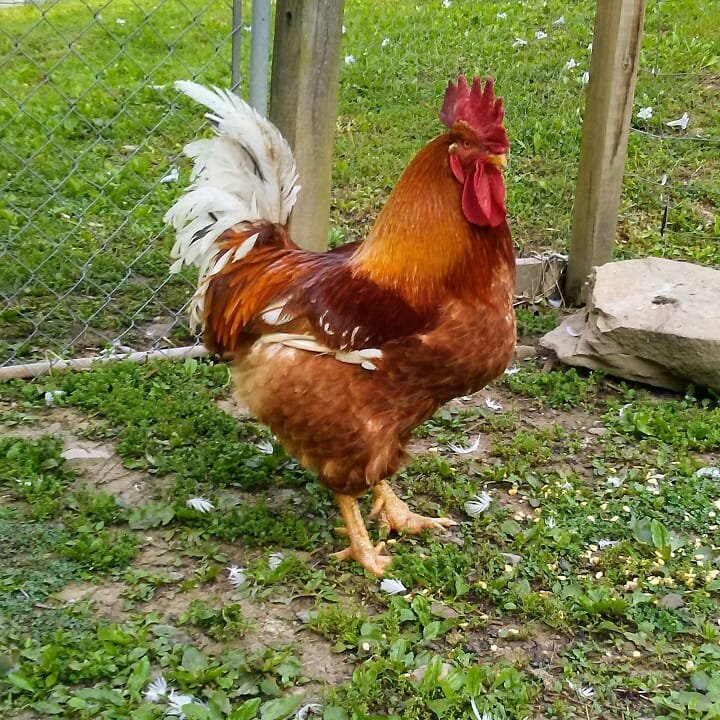
However, many complain about their feed conversion ratio.
For dress and market, you can expect 5-6 pounds in 9-11 weeks. This is a moderate to slow growth rate.
As their feathers are densely grown, you need to make efforts to pluck them. But their meat has a rich flavor.
Besides, these broilers are dual-purpose breeds of heritage chickens. They can lay around 250 brown eggs per year.
Unlike Cornish Cross, Red Rangers are hardy to the environment and disease, which makes them sustainable backyard chickens.
Growth Rate/ Maturity: Slower than Cornish Cross (11-13 weeks)
Meat Quality: More flavorful meat, a balanced meat-to-bone ratio
Adult Weight: 8 – 11 lbs
Best For: Pasture-raised or free-range systems, dual-purpose
Considerations: More active, requires more space
3. Jersey Giant
As their name suggests, Jersey Giants are the biggest chickens in the American Class.
They stand 2 feet tall, have long and broad bodies, have deep chests, and a well-rounded appearance. They come in three different colors: black, white, and blue.
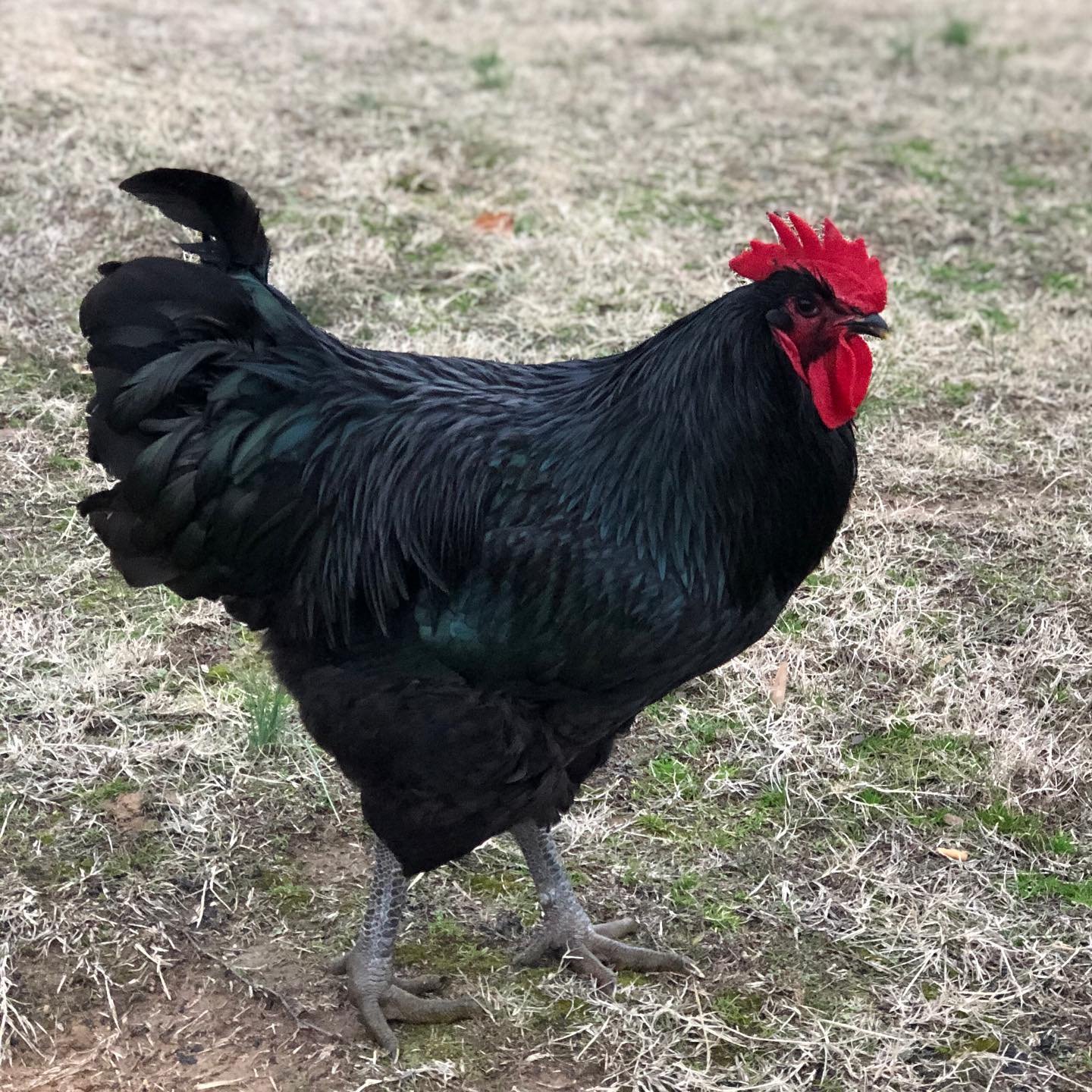
But the most common are black, which glow with radiance under the sunlight.
They make calm and docile broiler chickens.
The large fowls are slow growers, taking 8 – 9 months to be ready for butchering size. Also, their giant size requires a large feed, which can increase the overall cost.
You can also harvest 150-200 brown eggs per year.
Growth Rate/ Maturity: Slow (6 – 12 months)
Meat Quality: Large size, firm texture, excellent for roasting
Adult Weight: 10 – 15 lbs
Best For: Dual-purpose (eggs and meat) homestead
Considerations: Higher feed costs due to long growth period
4. Freedom Ranger
What I like about Freedom Rangers is that they make organic broilers at home and provide meat with rich flavor.
They are perfect for feeding a homestead family.
The chickens are excellent at foraging and pasturing so that you can raise them in a free-range environment. This helps chickens develop good-quality meat, unlike pellet feed breeds.
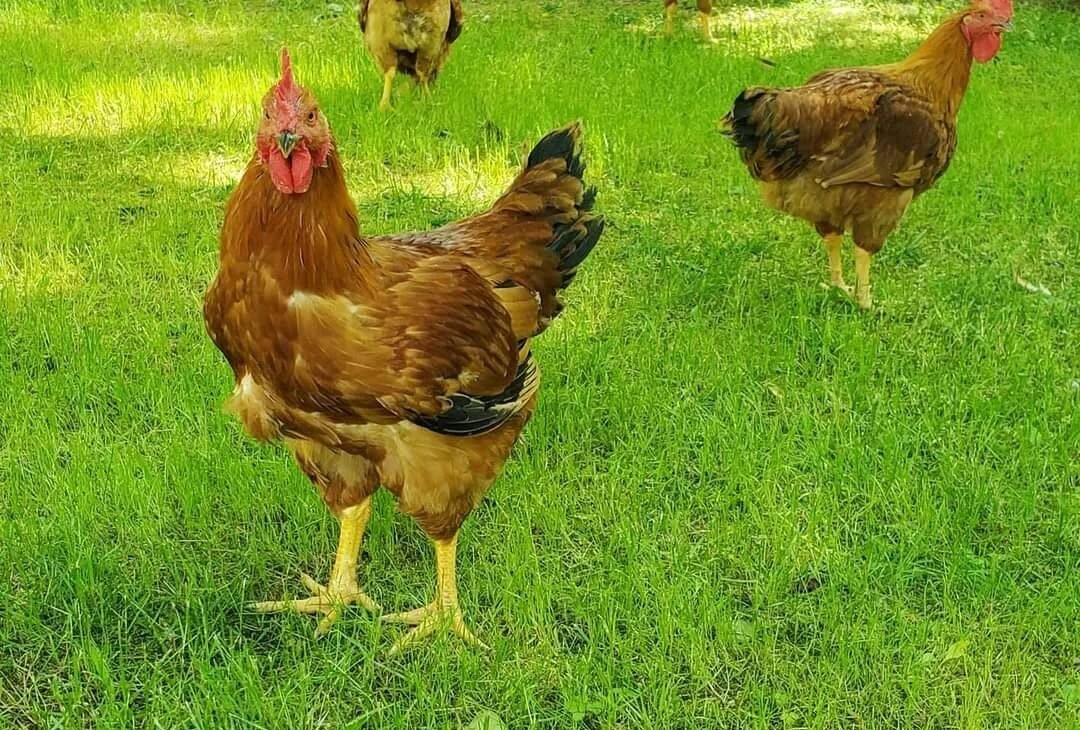
Freedom Rangers can be 5 to 6 lbs in 9 to 11 weeks.
This is a moderate growth rate, but keeping them for a long time cannot do justice to the feed conversion rate.
They come from a cross of heritage breeds and show red or tri-colored feathers. You can expect them to be red or tri-colored feathered.
Rangers are reddish-brown to light chickens with yellow shanks, skin, and beaks.
Once they reach maturity, they can also lay 125 to 175 brown eggs per year.
Growth Rate/ Maturity: Moderate (9-11 weeks)
Meat Quality: Rich taste, good fat distribution
Adult Weight: 6 – 9 lbs
Best For: Organic and free-range farming
Considerations: More active, slower than Cornish Cross
5. Bresse
Do you know that Bresse chickens are heritage birds and are raised commercially in France?
They are medium-sized fowls with a plump, rounded body and broad, round breast.
Chickens display red single combs, snow-white plumage, and steel-blue feet. Their skeletons are lighter and thinner.
You can process these birds in 16 weeks when they are around 6 – 7 lbs. But don’t wait for more than 6 months.
Though they are great foragers and have good temperaments, they are unavailable widely. Also, they are uncommon in the United States.
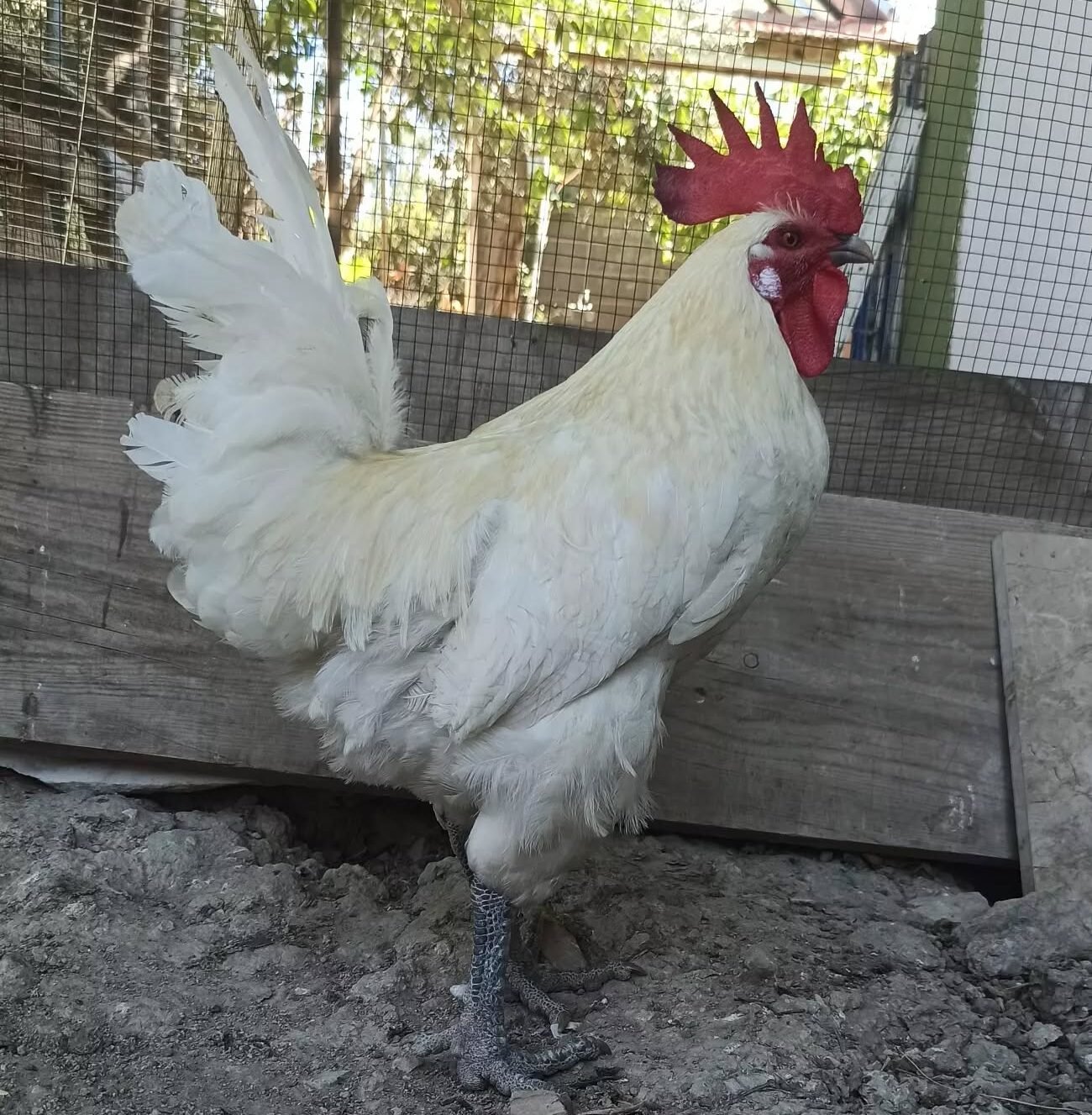
Also, Bresse is costly and requires meticulous breeding and management.
Anyway, if you keep them, they can lay 250 medium to large cream eggs a year. They are hardy enough to adapt to various conditions.
Growth Rate/ Maturity: Moderate (16 – 20 weeks)
Meat Quality: Gourmet-grade meat with a buttery texture
Adult Weight: 5.5 – 8.5 lbs
Best For: High-end meat production
Considerations: Requires a specialized diet for the best taste
6. Plymouth Rock (Barred Rock)
The good news is that Plymouth Rock will mature within 16 weeks.
And you can dress them when they are around 6-8 lbs for the market. Sixteen weeks can be good for the pretty scrawny carcass. You may need to wait 20 weeks or more for a better carcass.
Chickens have curve-shaped bodies with moderately deep, full breasts and a long, broad back. They also possess yellow skin, legs, and a single red comb.
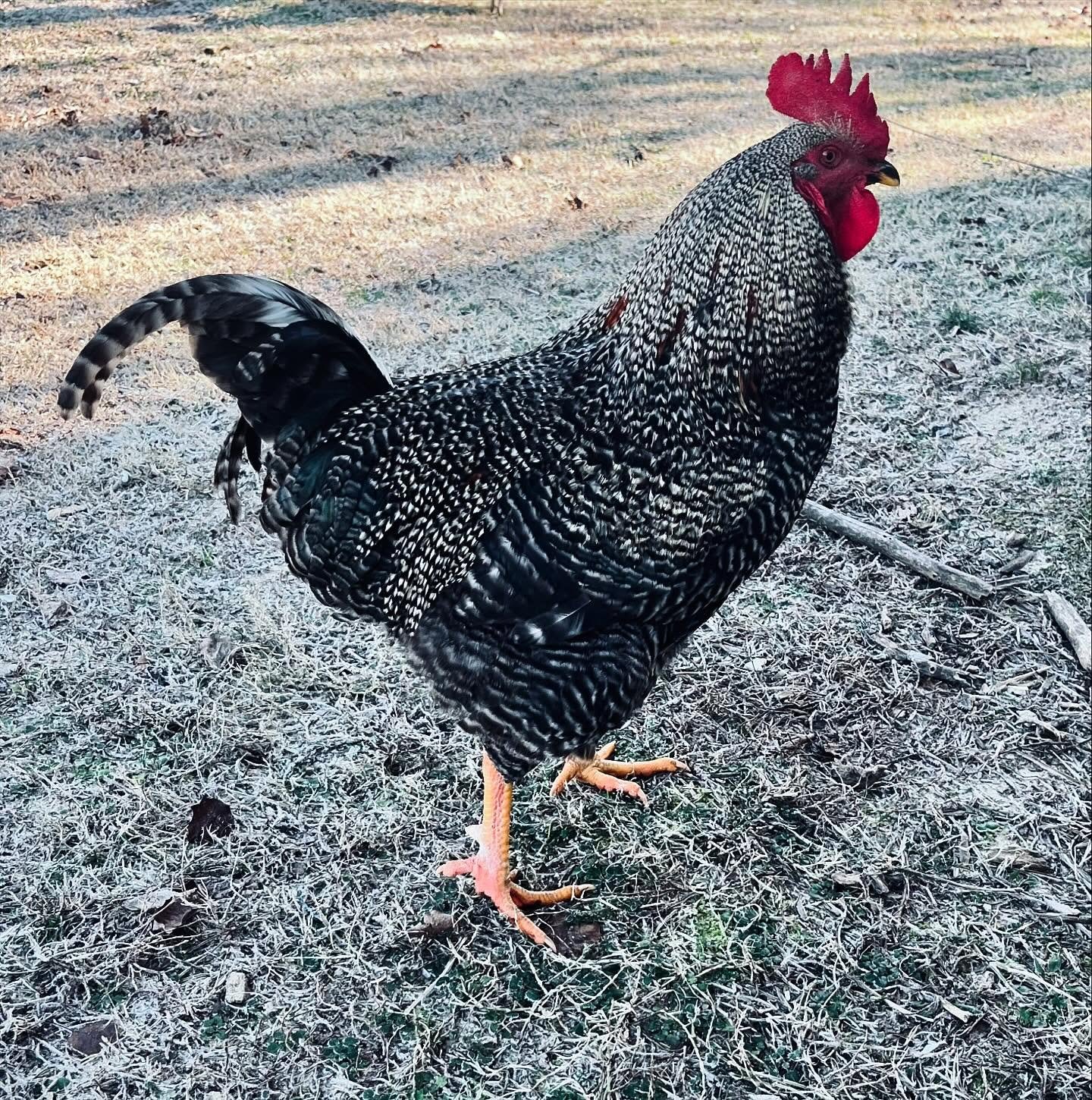
This domestic American breed comes in the buff, Columbian, barred, blue, partridge, silver-penciled, and white plumage.
The popular is barred chickens with black and white.
Plymouth Rocks are also dual-purpose chickens that lay around 250 brown eggs per year. Hens require 12 – 16 hours of light every day.
They are cold-hardy birds, make good sitters, and are easily managed.
Growth Rate: Slow (16-20 weeks)
Meat Quality: Mild flavor, firm texture
Adult Weight: 7 – 10 lbs
Best For: Dual-purpose homesteaders, heritage meat breed
Considerations: Takes longer to reach market weight
7. Orpington
Their broad breasts and full bodies are some characteristics of broiler chickens and chickens for meat.
Orpington chickens also have a heavy, deep, broad body with a short, low stance. They possess curved backs and short shanks with feathered thighs.
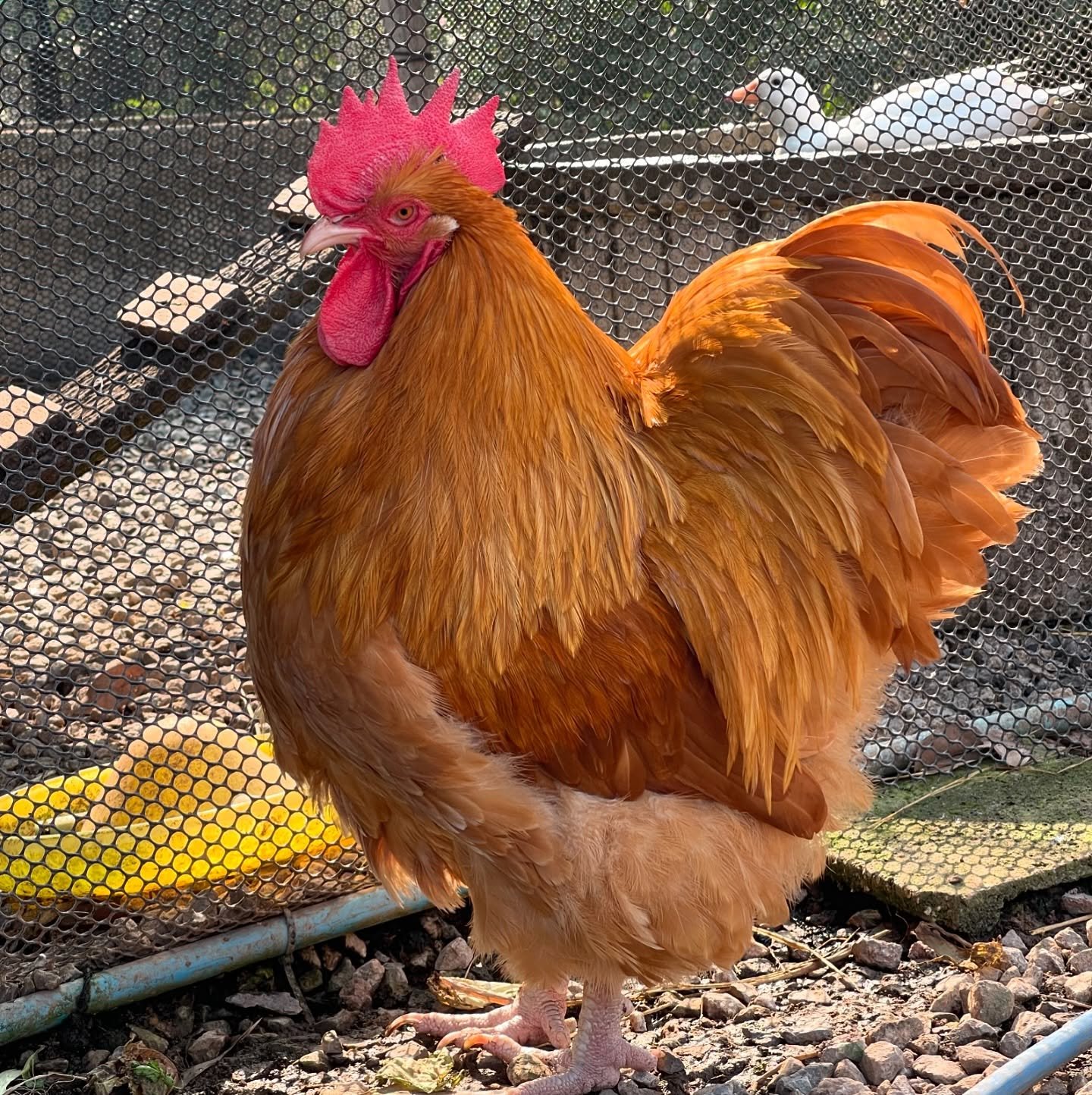
They make good broilers weighing 2 to 2.5 pounds within 8 to 10 weeks.
But a 5-month butchering can provide better white-skinned meat for roasting.
However, they don’t make excellent modern boiler chickens due to slow growth for meat production. Their feed-to-conversion rate is relatively low, so they are not suitable for commercial breeding.
These fowls come in several variants: Buff, Black, White, and Blue. They are fully feathered birds that give them fluffy appearance.
Though large in size, they are gentle, calm, and easygoing. They can’t fly and do well both in free-range or confinement.
Also, they can lay 200 to 250 light brown eggs every year.
Growth Rate/ Maturity: Moderate (5 – 6 months)
Meat Quality: Tender, good fat marbling
Adult Weight: 8 – 10 lbs
Best For: Homestead meat production and egg-laying
Considerations: Docile temperament, needs space
8. Sussex
Sussex chickens offer a dynamic display in the flock for the hobby farm.
They have several variants, but mostly, they are red, white, silver, and speckled. A Light Sussex chicken is white with a dark tail and black wingtips, making white and black chickens.
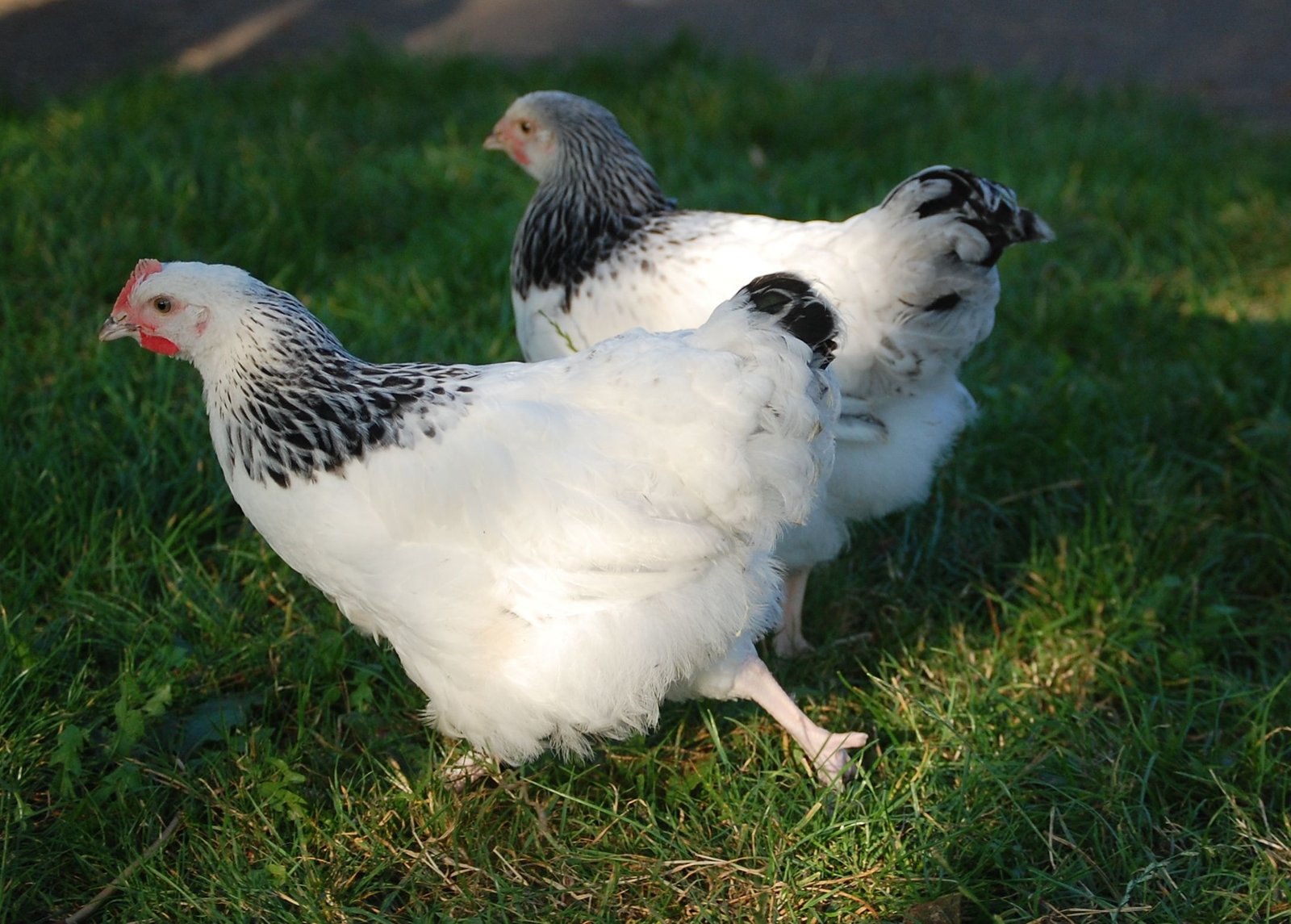
These chickens have a rectangular build with long, straight breasts, broad, extended shoulders, and flat backs.
You can butter fowls in 8 – 10 weeks for tender meat. But they make a market size of around 6-7.5 lbs at only 16 weeks.
They are a confident yet docile breed and lay 200-250 light brown eggs per year.
Growth Rate: Moderate (16-20 weeks)
Meat Quality: Mild, juicy meat
Adult Weight: 7-9 lbs
Best For: Dual-purpose homesteaders
Considerations: Cold-hardy, good for free-range systems
9. Dorking
These are friendly, calm, sweet, and easy-to-handle chickens. Even childrens can take care of them easily.
Dorkings are rectangular-shaped birds with very short legs with five toes. They have a large comb that needs winter protection.
In fact, they are one of the few chickens with red earlobes that lay white eggs. You can expect them to have 150 to 200 white or tinted eggs per year.
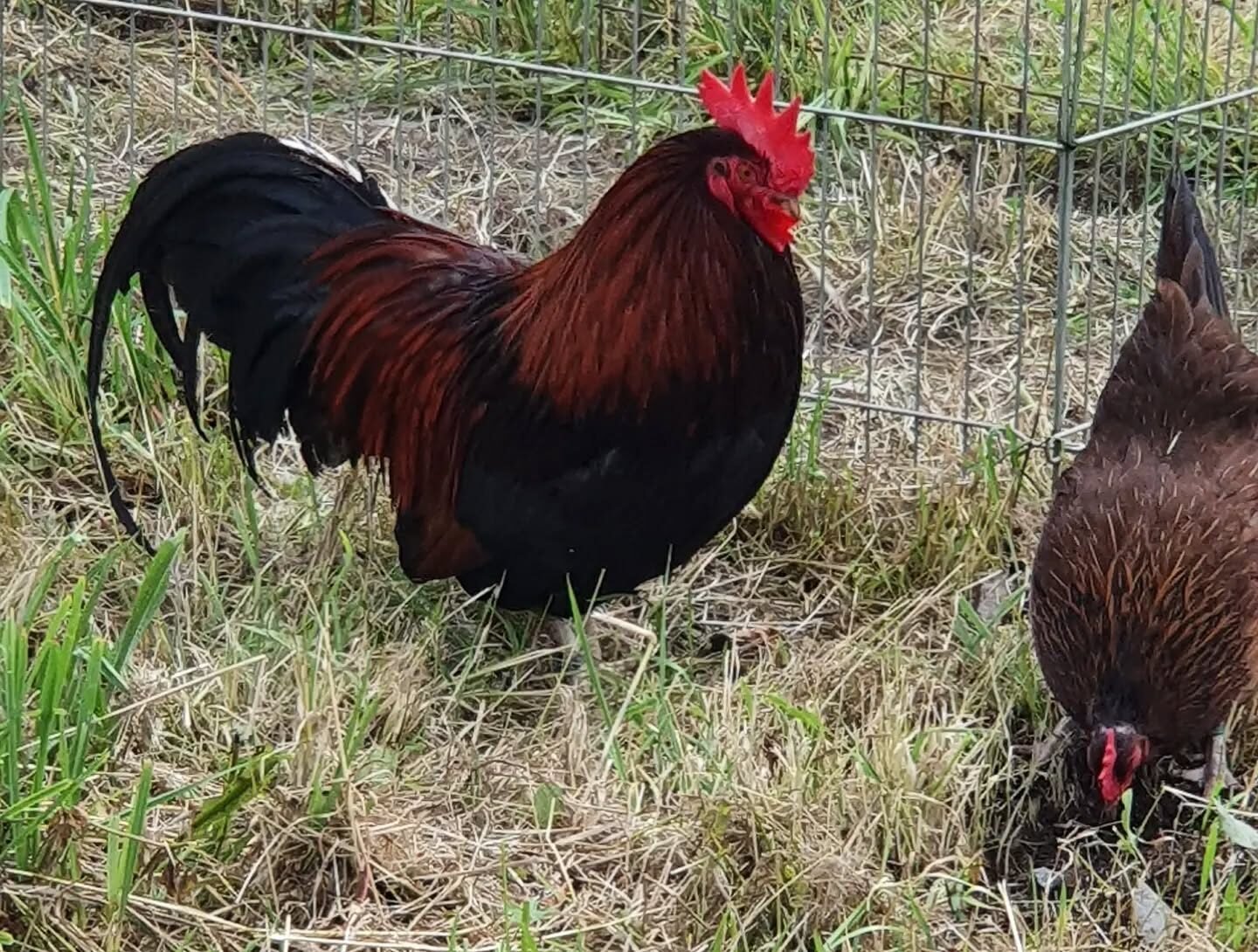
Cuckoo, Dark Red, Silver Grey, and White are some popular varieties of Dorking.
They are also great foragers and hardy birds. They also go broody and make good mothers.
You can butcher Dorking chickens in 6 or 7 months for market size. Chickens belong to a rare breed, so they are at a risk of extinction if not raised sustainably.
Growth Rate/ Maturity: Slow (up to 2 years)
Meat Quality: Rich, flavorful, heritage breed meat
Adult Weight: 7 – 9 lbs
Best For: Traditional, small-scale farms
Considerations: Slower to mature, but excellent meat quality
10. Delaware
Delaware are traditional heritage chickens with a deep and broad body displaying a robust appearance.
These medium-sized birds have white plumage with black-barred feathers near the neck area. Their tails are also black-barred.
They also highlight single red comb, yellow shanks, red wattle, and earlobes.
Chickens are calm, docile, great foragers and friendly, like roaming around humans. You can process them at about 16 weeks for 2-3.5 lbs of white-skinned meat.
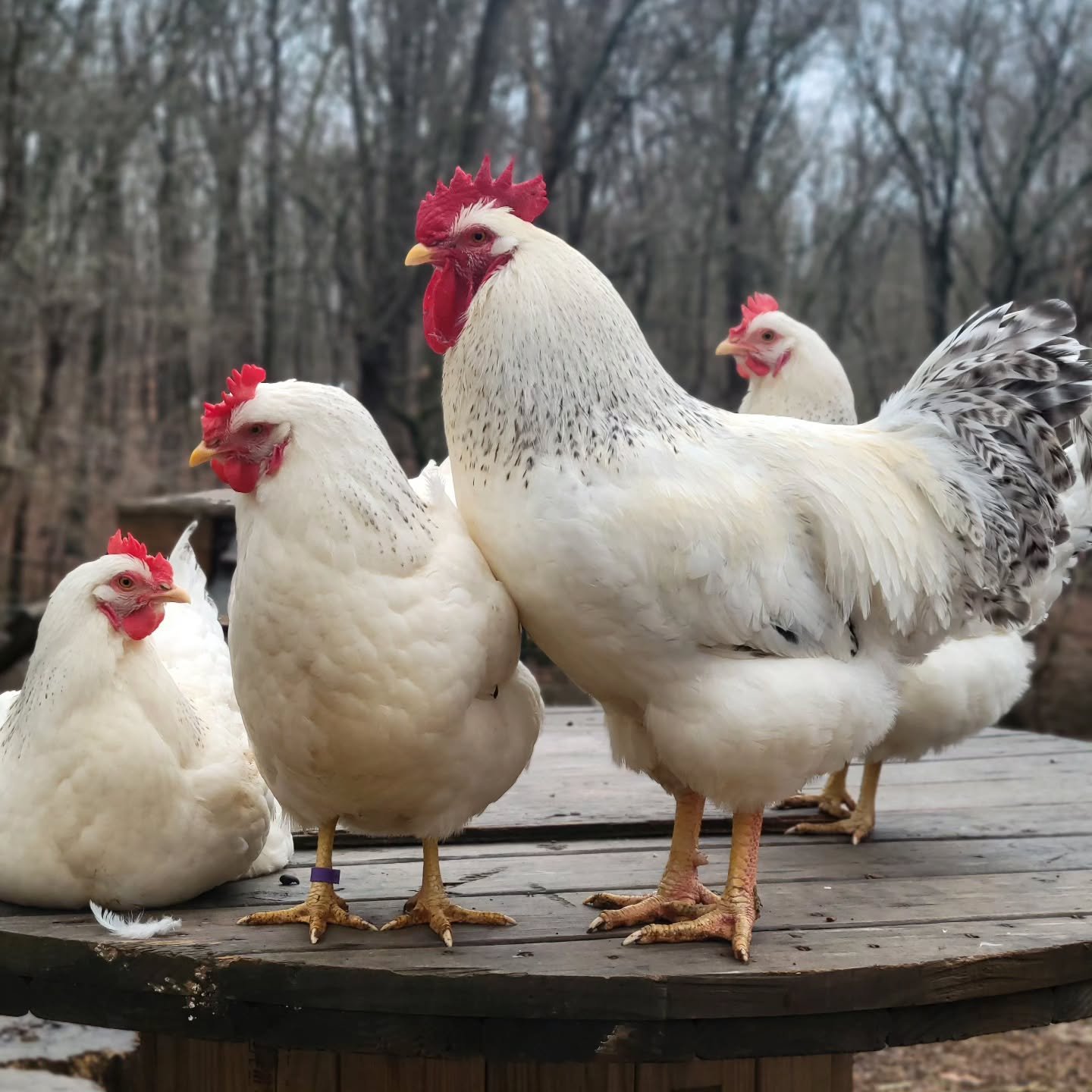
For the market size of 4-5 lbs, you need to wait for 20 weeks.
Though Delaware chickens grow faster, they have only an average weight. This can make them a less productive broiler.
But they also lay 250-280 large brown eggs per year as dual-purpose birds.
Growth Rate: Fast (12-16 weeks)
Meat Quality: Balanced meat-to-fat ratio
Adult Weight: 5.5 – 8.5 lbs
Best For: Backyard meat production
Considerations: Good feed conversion, friendly temperament
11. Brahma
Do you know Brahmas were the leading meat-producing chicken from the 1850s to 1930?
Many butcher these chickens at 8-10 weeks when they’re young these days.
But it is recommended to dress these meat chickens for around 6 – 7 months. Don’t worry! Even at 12-13 months, cockerels remain tender.
Brahmas are a giant chicken breed with broad, muscular bodies and deep, wide chests.
They have yellow shanks, toes, pea comb, and smooth-fitting white feathers all over the body from head to toe.
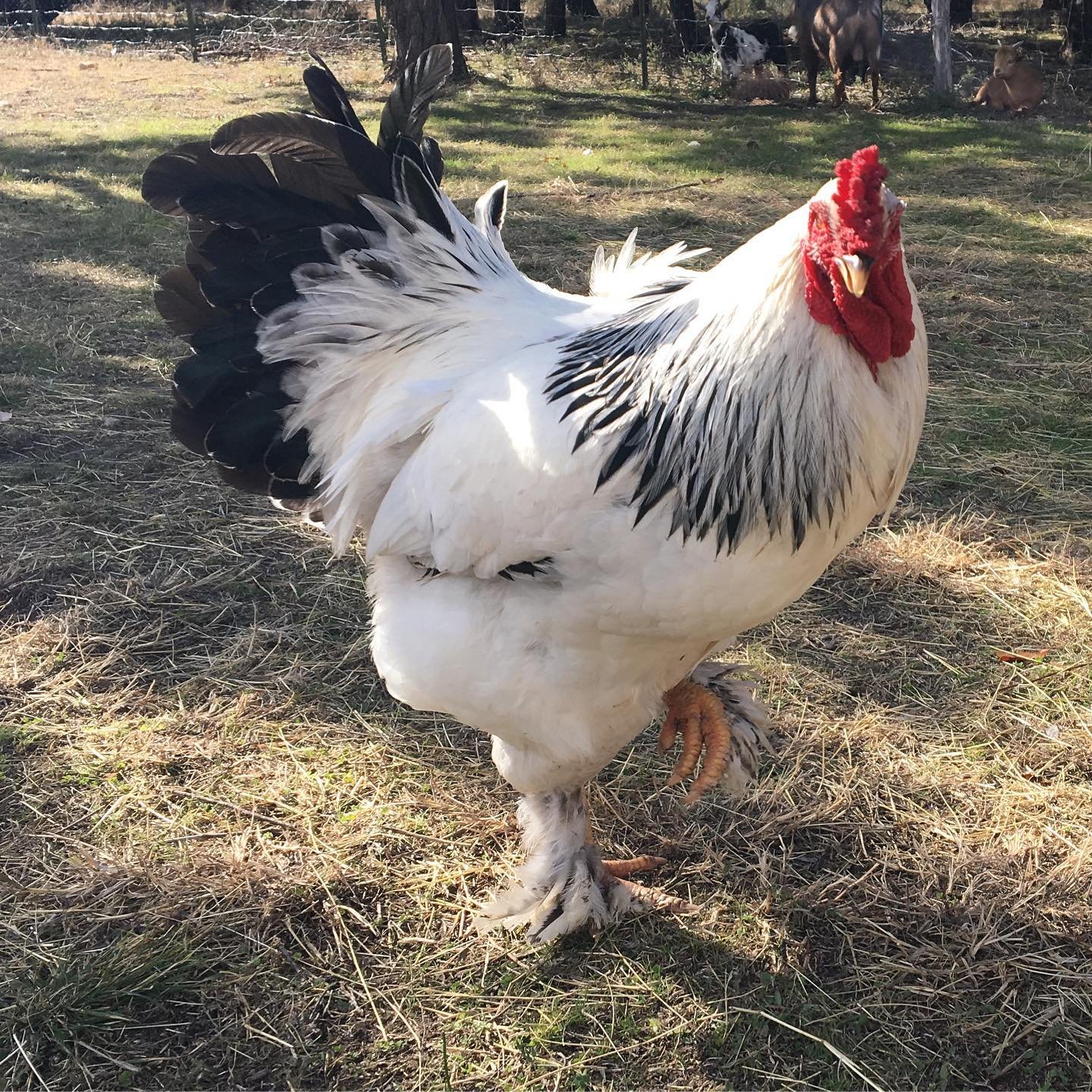
Their soft and fluffy feathers offer the birds a regal and majestic appearance. They also come in other colors, such as buff Columbian, light, dark, and gold.
Chickens have calm, docile, nonaggressive personalities.
They also produce around 200 large, medium-brown eggs per year. They go broody and make fairly good mothers.
Also, they are not flighty or skittish due to their size.
Brahma chickens can produce enough meat, making them an excellent broiler. But they consume lots of feed due to their slow growth rate.
Growth Rate/ Maturity: Slow (18-24 weeks)
Meat Quality: Rich, high-yield bird
Adult Weight: 10 – 12 lbs (giants weighing 12 to 18 lbs)
Best For: Colder climates, large families
Considerations: Heavy feeders, need space
12. Cochin
Cochin chickens are available in several colors, including buff, black, grouse, lemon, cinnamon, partridge, silver cinnamon, silver buff, and white.
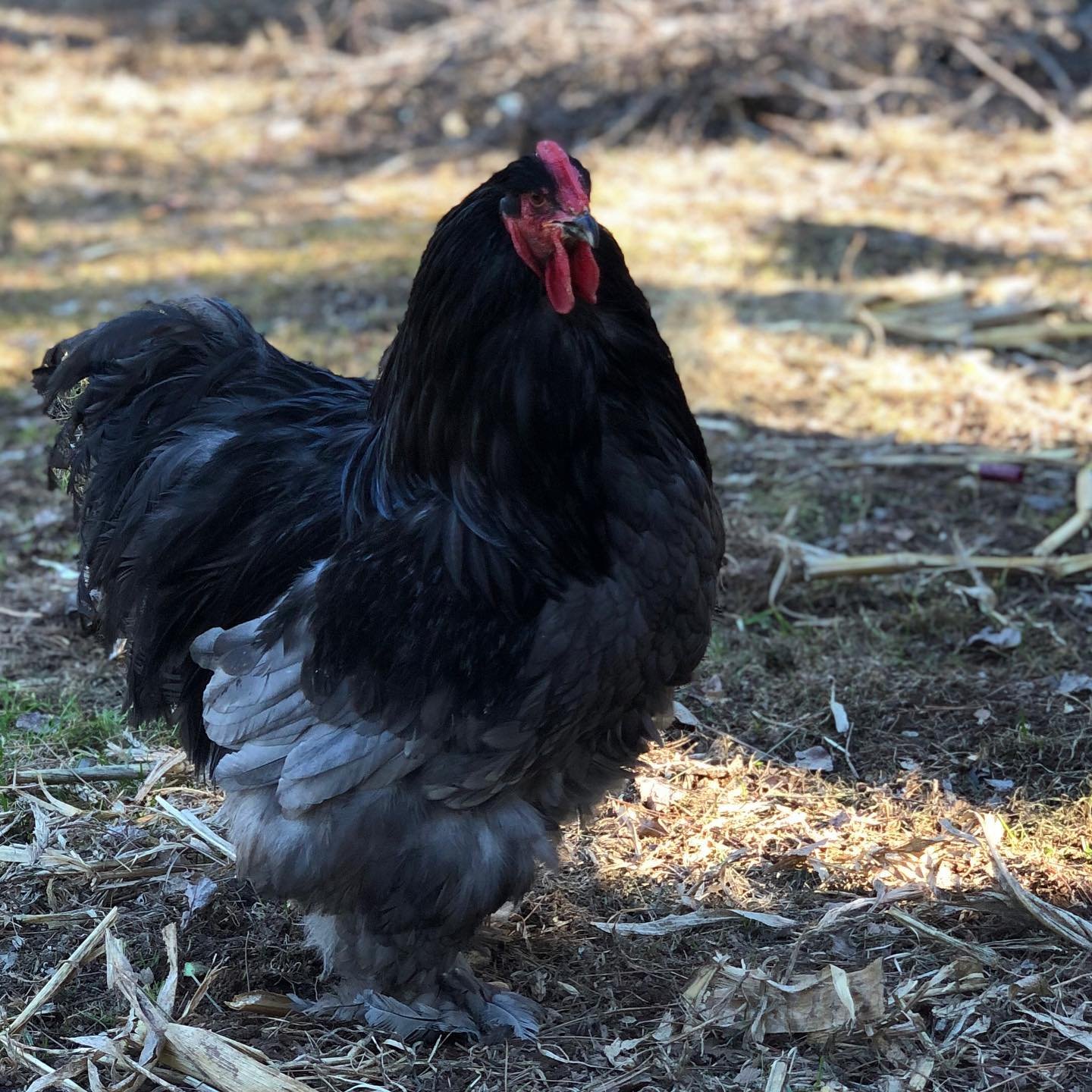
They are a large bird with fluffy plumage and attractive luster.
Chickens highlight a stocky body, short tails, and feathered legs and feet.
Known for heavy feathering, Cochins look like a heart-shaped fluff ball, giving a massive and rounded appearance.
Also, they are healthy chickens with quiet, loving, and docile personalities. Hens can lay 150-200 medium to large brown eggs per year.
So, you can butcher these birds like any other dual-purpose breed at around 6 – 7 months.
But if you want to harvest a full 12 lbs of birds for the table, you need to raise them for 15 to 16 months.
Growth Rate/ Maturity: Slow (20+ weeks)
Meat Quality: Moderate, best for stews
Adult Weight: 10 – 12 lbs
Best For: Ornamental and backyard farming
Considerations: Heavy feathering, cold-hardy
13. New Hampshire Red
New Hampshire are traditional birds for broilers and roasters.
They are earliest American breed for meat and eggs. The decent dual-purpose bird can offer 200-220 large, brown, or tinted eggs a year.
Hens tend to go broody after laying and make good mothers.
New Hampshire Reds have a deep, broad body and a more triangular build than the Rhode Island Red.
Chickens come in pin feathers ranging from reddish buff to medium to light red, which sheen in sunlight. They are also called red fox colored birds.

They are active foragers and appreciate a place to roam. Also, keepers find them easy to handle with their placid temperament and human-friendly nature.
Due to their early maturity, they are ready for slaughter in 12 to 14 weeks.
But many strains take 16 – 20 weeks to mature and reach a market size of around 6.5-8.5 lbs.
Growth Rate/ Maturity: Fast (12-14 weeks)
Meat Quality: Juicy, tender
Adult Weight: 6 – 9 lbs
Best For: Dual-purpose and traditional breed farming
Considerations: Good for beginners
14. Australorp
Australorp chickens come in several variants, such as black, white, and blue. The most common is black Australorp.
Black Australorp highlights dark plumage with close-fitted feathers, black beaks and shanks, and dark brown eyes.
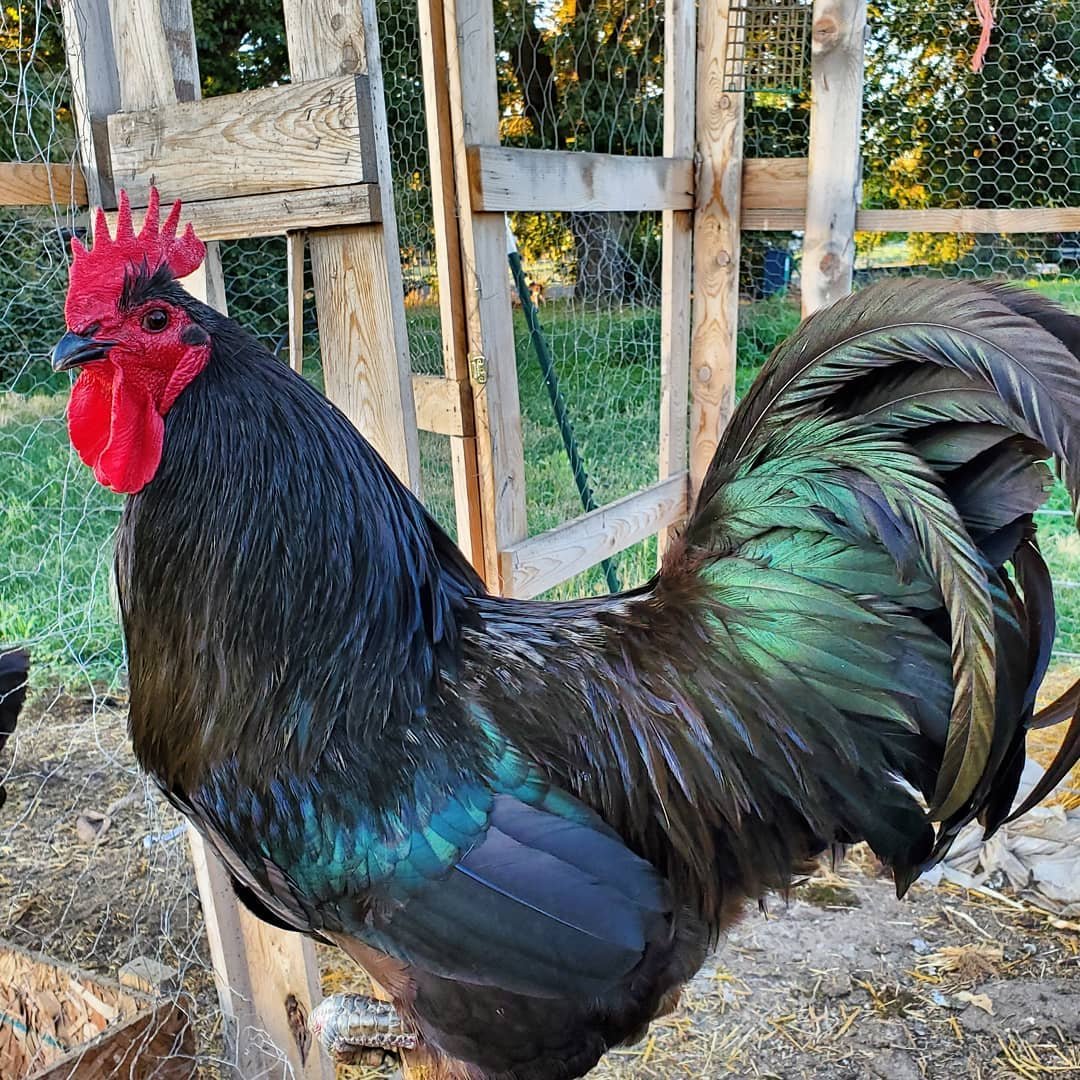
They are medium-weight broiler chickens with curved males and slightly rounded females.
Roosters reach butchering age at around 16-20 weeks with a market size of 6.5 – 8.5 lbs. Sixteen is the maximum age for producing tender meat for cooking.
After that, you need to find other options, such as roasting.
Australorp chickens also start laying at 5 to 6 months with 250 – 300 tinted to light brown, medium to large eggs a year.
They are calm and have a friendly disposition to handle.
Growth Rate: Moderate (16 weeks)
Meat Quality: Balanced flavor
Adult Weight: 6.5 – 10 lbs
Best For: Egg and meat homesteaders
Considerations: Highly adaptable, good for small farms
15. Wyandotte
Wyandottes are rounded, sturdy birds with broad, deep, full breasts, broad back, and lean legs.
They make medium-sized broiler chickens that have close-fitted feathers and a broad skull with a rose comb.
You can process the chickens as early as 3 months and as late as 8 months. The market size of Wyandottes is expected to be around 6 to 8 lbs.
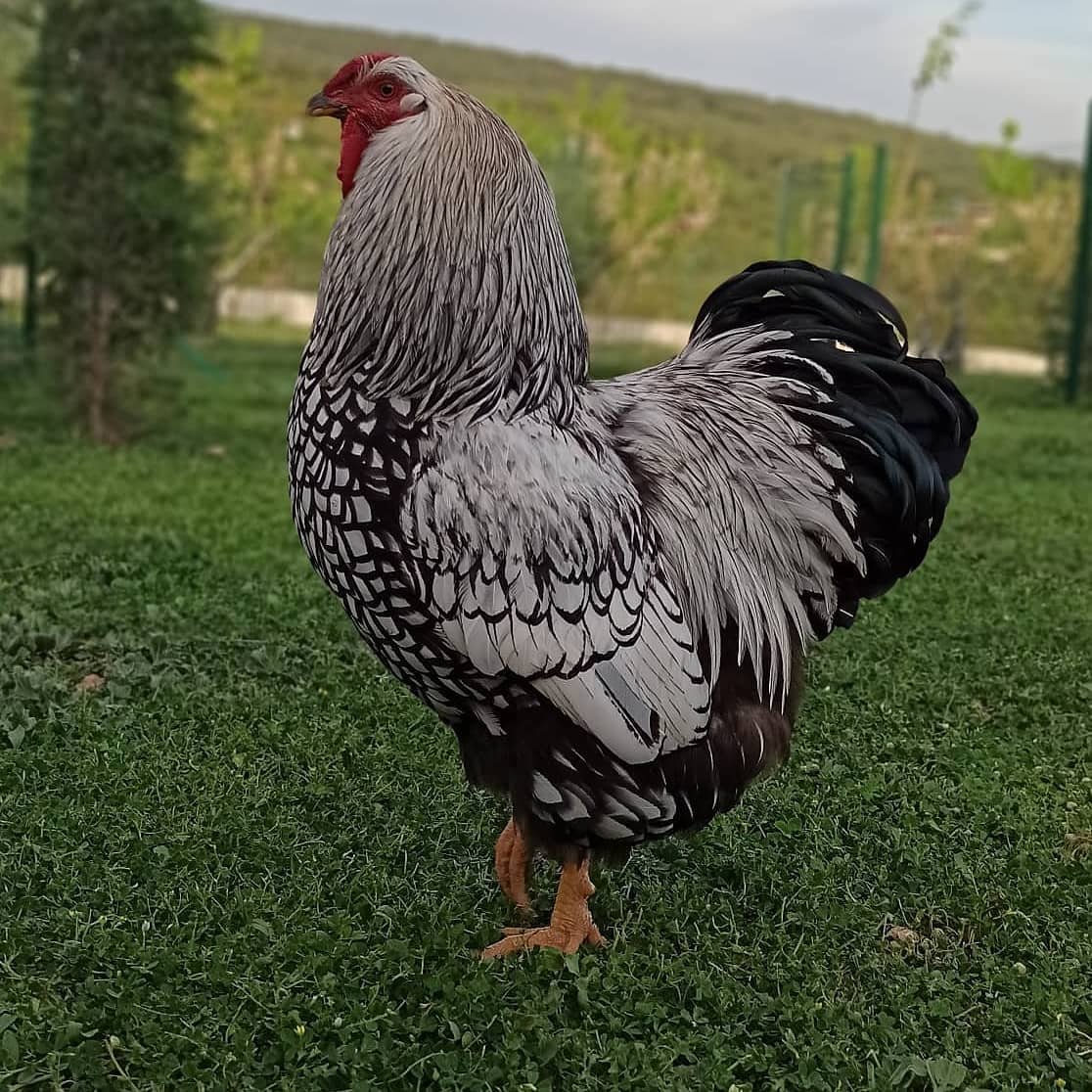
Chickens are a dual-purpose breed that provides yellow-skinned meat and brown eggs.
Hens start laying around 6 – 8 months with 200 eggs per year.
Also, Wyandottes are active foragers, docile, and easy to handle. So, keepers can raise them both in the free-range system and in captivity.
Growth Rate/ Maturity: Moderate (around 20 weeks)
Meat Quality: Flavorful, firm meat
Adult Weight: 6 – 9 lbs
Best For: Cold climates
Considerations: Good egg production as well
16. Ixworth
Ixworth is a solid white bird with a deep, well-rounded, and fairly long but compact build.
They are medium to large breeds that look short, silky and close-fitted. Their other features include a pea comb, pink-white legs, and a beak.
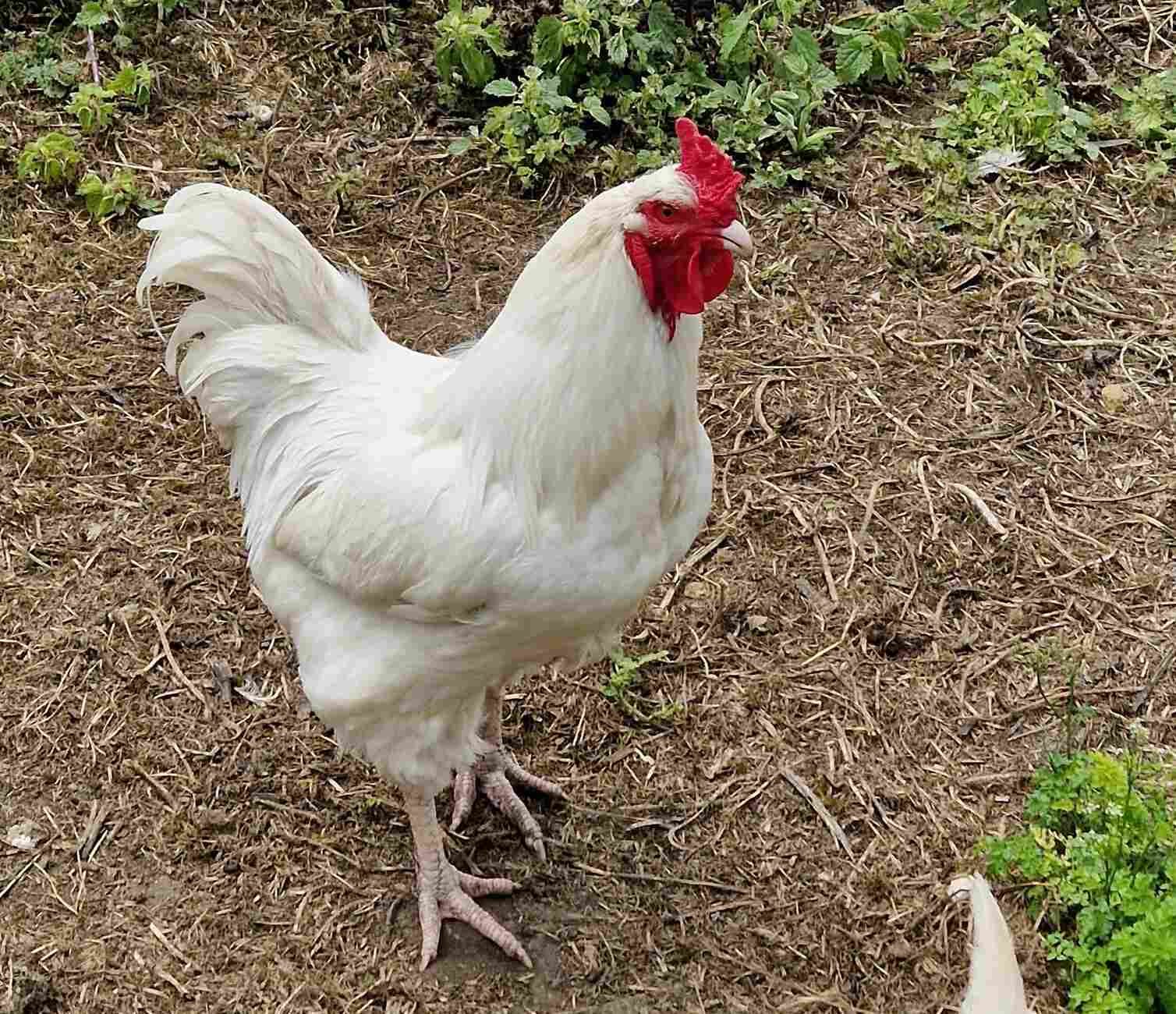
With their unique droopy tail, they offer a regal appearance.
Chickens grow fast, so you can process them at the age of 12 weeks.
Also, I don’t recommend raising more than 12-14 months, as their meat is inedible, like other pure meat chicken breeds.
They are good for pasture due to their foraging ability.
Besides, they make average layers producing 150-180 medium-sized white or cream eggs in a year.
Growth Rate/ Maturity: Fast to Moderate (16 weeks)
Meat Quality: High meat yield, gourmet-quality
Adult Weight: 7 – 9 lbs
Best For: High-end homesteaders, free-range, organic, and traditional poultry keepers
Considerations: Rare breed, expensive to maintain
17. Hubbard Broiler
Hubbard chickens come in several colors, including white, red, black, brown, gray, striped, and multicolor.
These broilers are bred and raised by the company named Hubbard Breeders.
The chickens have inflated bodies with soft plumage and short, sturdy legs. Though they lay up to about 200 eggs each year, keepers raise them for meat production instead.
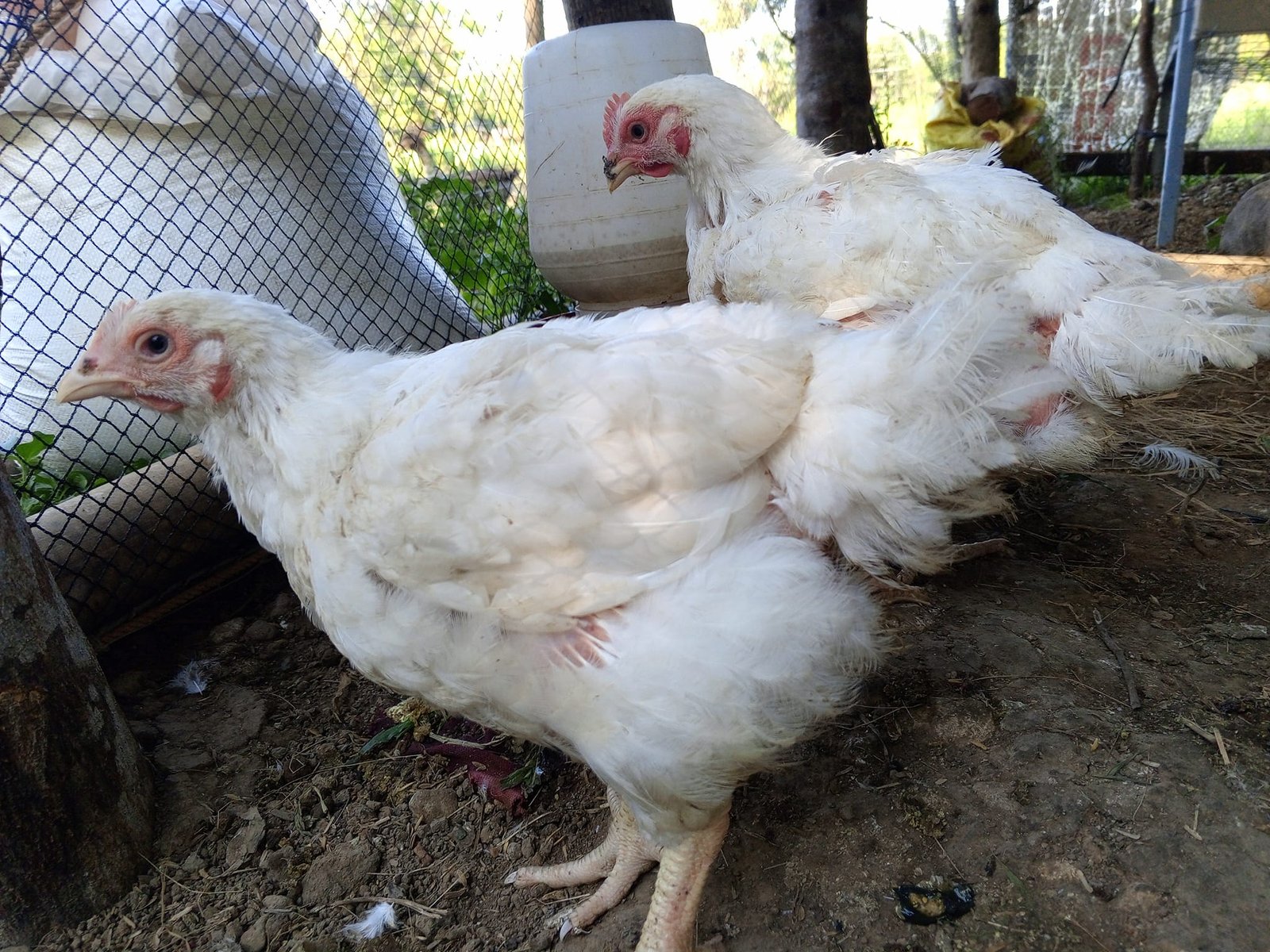
You can process Hubbards anywhere between 7 and 14 weeks.
They are medium to large-sized birds, which are good foragers and placid in nature.
They make good pasture and confined small animals.
Growth Rate/ Maturity: Fast (8-10 weeks)
Meat Quality: Large breast, high yield
Best For: Commercial and homestead meat production
Considerations: Unavailable in most places, requires careful feeding
18. Ginger Broiler
Ginger Broilers are great alternatives to Cornish Cross.
But they grow fast without any health issues and take 4 – 5 weeks longer to get their full size.
Keepers can process these broilers at 13 weeks. At this time, cockerels can weigh around 5-6 lbs and pullets get 3-4 lbs.
Chickens have no livability problems, so they can be raised for a long time and harvested later or as required.
Besides, Ginger Broilers come in white to dark ginger color.
They are moderate-growth birds and have natural foraging instincts. Also, they remain very active and become hardy birds.
Birds can tolerate high altitudes with heavy loads on their bodies.
Growth Rate/ Maturity: Moderate (8 – 10 weeks)
Meat Quality: Lean, flavorful, firm texture
Adult Weight: Above 5 lbs
Best For: Free-range, backyard poultry farming and commercial meat production
Considerations: Not popular breed, traditional broiler problems
19. Turken (Naked Neck)
You may like to pluck Turkish chickens as they already have a lack of feathers.
Turkens are black, cuckoo, and some other variants, such as white, red, blue, and buff. The unique thing is that they have a long, bare vent.
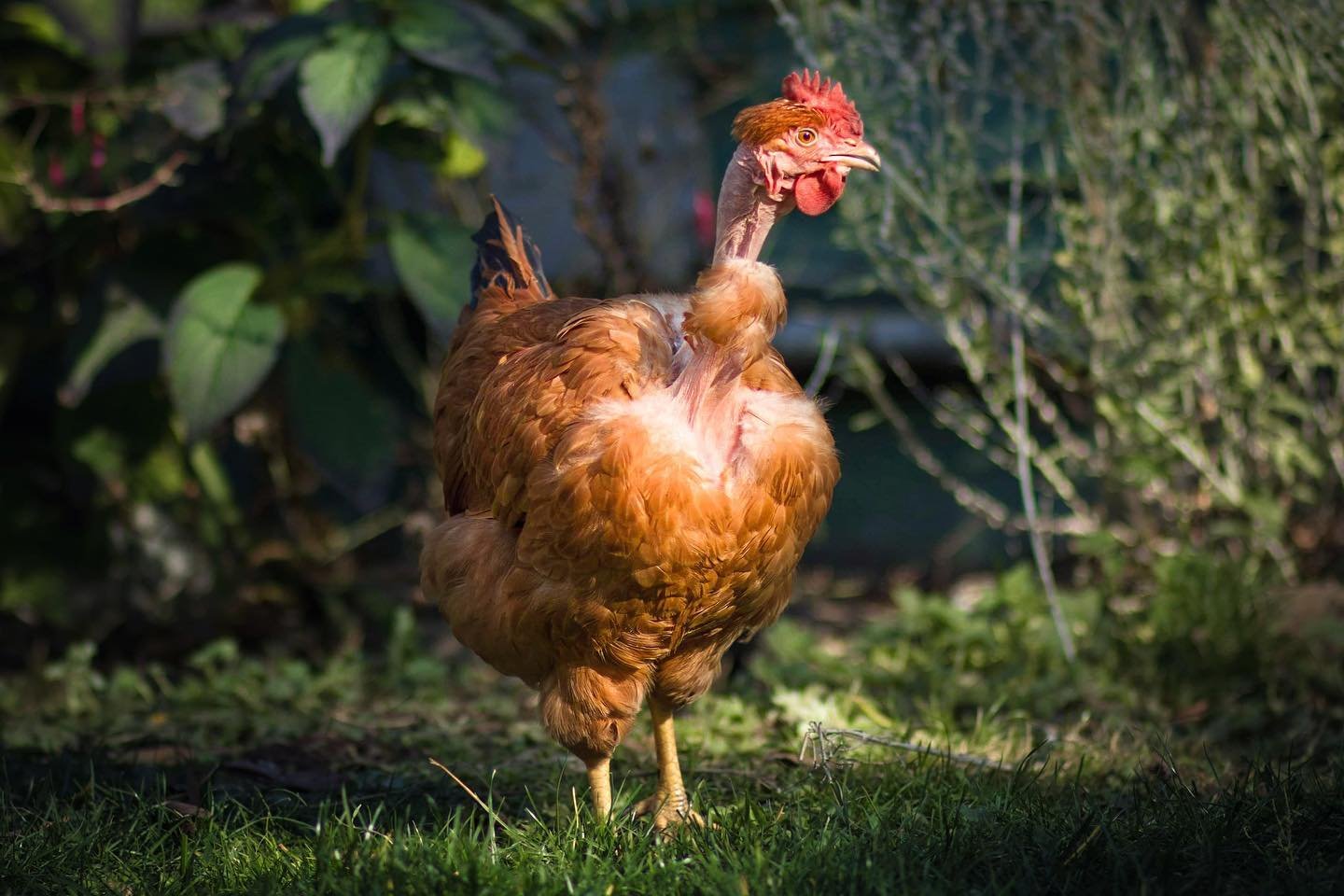
Their neck and faces are without feathers and display skin in that area.
So, when the sun reflects, they look rather like turkeys with reddish skin.
These chickens are docile and easy-going birds. You can keep them in the free-range system or in a small enclosure.
They are also decent layers with 100 – 240 large brown eggs per year.
But hens don’t make good brooders due to their small plumage. Birds are also poor mothers in raising their chicks.
Anyway, Turken chickens are heat and cold-hardy birds and incredibly feed-efficient.
You can process these chickens at a minimum age of 12 weeks and wait for 16 weeks for good weight.
Growth Rate: Moderate (20 weeks)
Meat Quality: Tender, lean
Adult Weight: 6 – 9 lbs
Best For: Hot climates
Considerations: Odd appearance but hardy
20. Vencobb
These broilers are mostly popular among Indian breeders and hatcheries.
Vencobbs have rapid growth and excellent feed conversion. However, they’re not suited for backyard or small farms.
Also, they are not widely available in different variants.
Chickens are susceptible to health issues common in broiler breeds.
Growth Rate/ Maturity: Fast
Meat Quality: High-yield, soft texture
Best For: Commercial meat production
Considerations: Requires intensive feeding and controlled environments
Final Thoughts
No matter how long you keep, broiler chicken breeds consume bigger chunks of food. Some foragers can save you a few pennies but they need it to reach their full size and quality meat.
So, you need to consider a good budget for feeding and check the growth and conversion ratio.
Also, it is good to wait for at least 81 days for the chickens to get a good flavor.

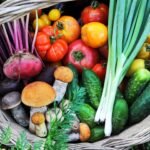

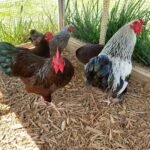
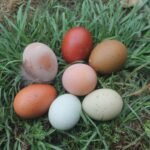
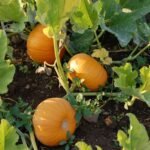
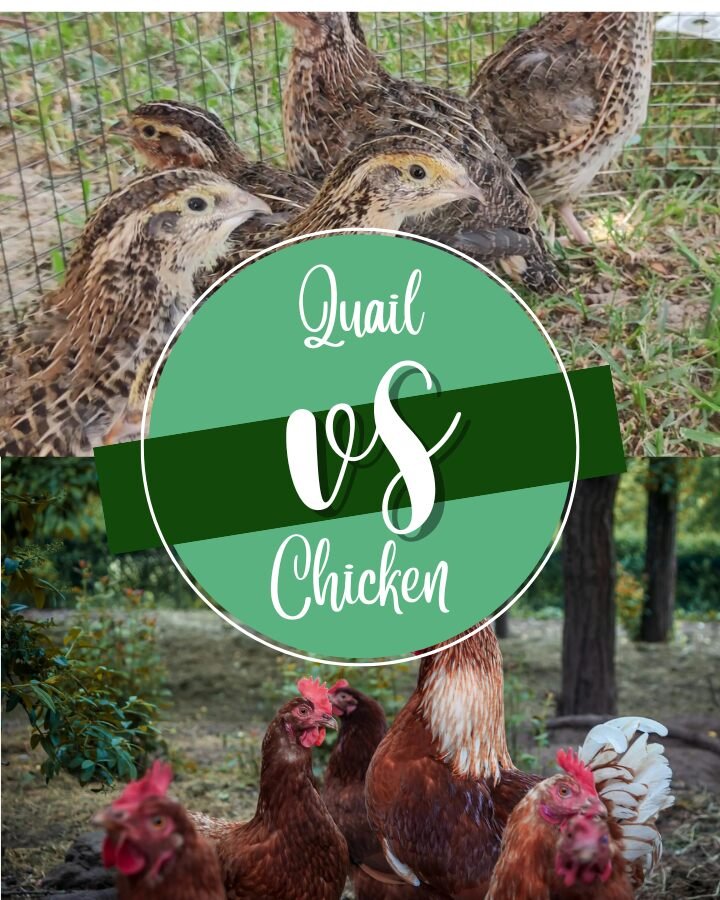

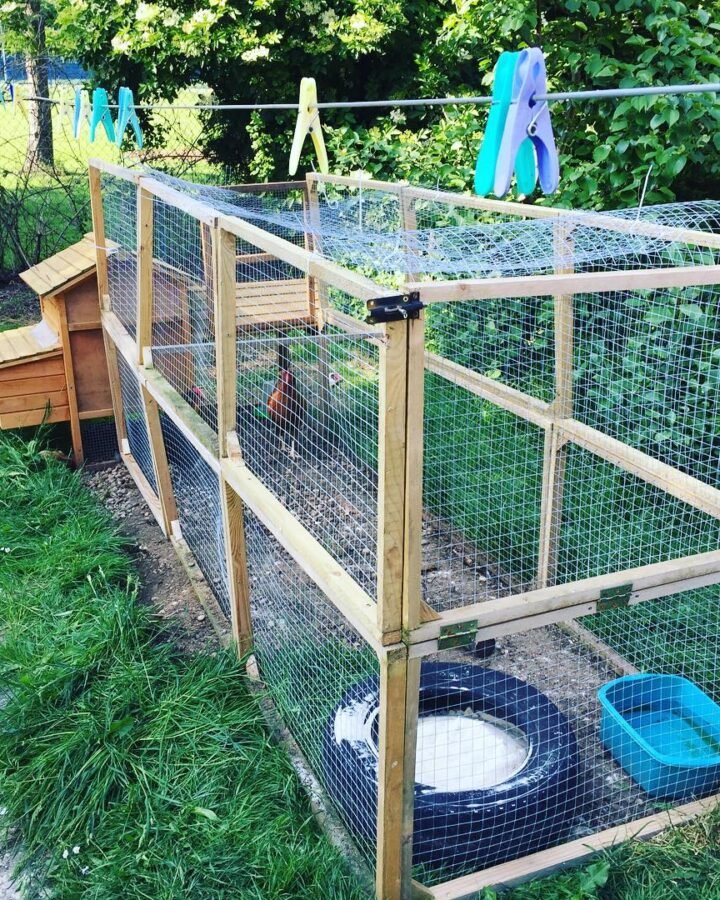

Leave a Reply